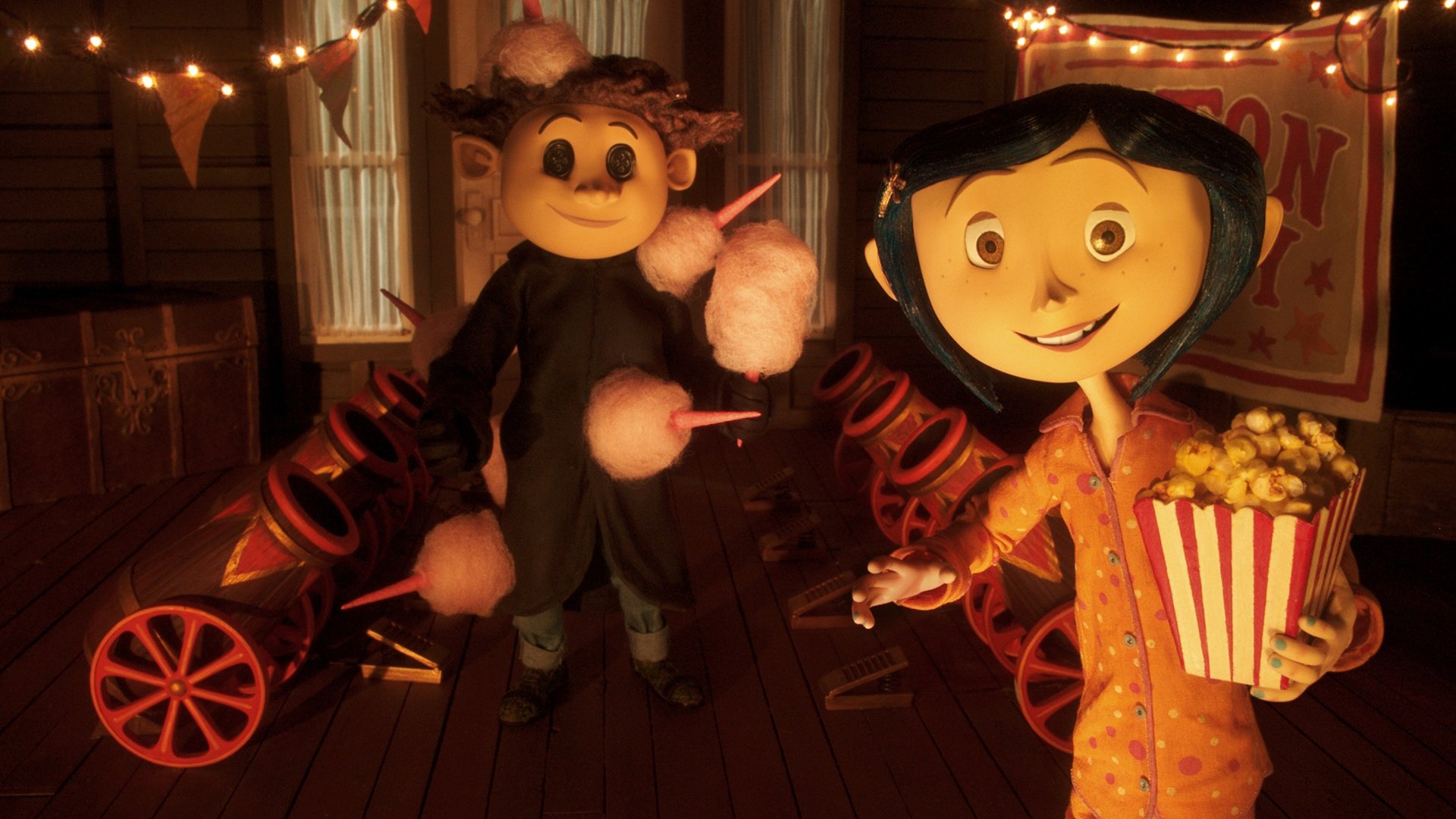Cinematography: The art of creating videos through camera work
Cinematographer [Director of Photography]: The person behind the camera that’s in charge of the technical aspects such as the lighting and the camera itself. [They work along side a team of people]
Shoulder Angle + Low Angle: Creates tension and shows who has more power in the scene
Heathers [1988]
Eye-Level: Gives a childlike view and allows the viewer to immerse themselves in the film
Coraline [2009] High-Angle: Allows us to see the whole room and looks down on the character which shows how defenceless he is in this situation
The Mummy [1999]
Name of Shot Description of Shot in Relation to the Subject Use in Storytelling Extreme Close-Up [XCU] Part of their Face ie: eyes take up the frame Gets inside of a character Close Up [CU] Whole face takes up the frame Reveals character’s emotional state Medium Close-Up [MCU] Head and Shoulders in frame Reveals a characters emotional state and shows the background Low Angle Shot [LA]/High angle Shot [HA] Looks down on the character Represents characters status/how much power they have Extreme Long Shot [XLS] Only scenery visible can’t make out individual people Used as an establishing shot Medium Shot [MS] 1 or 2 subjects in frame from waist height sometimes taken from ‘over the shoulder’ of one of the characters [OSS] Often used as a master shot/2 shot/shot-reverse for conversations Pan/Tilt Character moves whilst staying in the same place [their eyes are moving] Mimics a static character looking round a scene Track [On a dolly, Steadicam or handheld] Camera follows a subject by moving along with them Intra-diegetic – brings the audience into the scene
Name Of Shot Description of shot in relation to subject Use In Storytelling Extreme Close-up(XCU) Part of the face takes up the entire screen. (eyes, mouth e.g.) Gets inside the head of the character Close-up(CU) Whole face takes up screen Reveals characters emotional state. Medium Close-up(MCU) Head and shoulders in frame subjects emotions +surroundings. Low Angle LA Waist/knees upwards. Shows what characters are in power and who are not. Intimidated or intimidator. Extreme Long Shot (XLS) Only scenery visible, Characters barely or not visible. Used as an establishing shot. Medium Shot (MS) One or two characters in frame from waist height or sometimes over the shoulder of one of the characters (OOS) Often used as a master shot/Two shot/shot-reverse for conversations Pan/ Tilt camera moves across the horizon/camera moving up and down. Mimics a static character looking around. Track (on a Dolly, steadicam or handheld camera follows subject moving along with them audience is following the action, more involved.
Summer Task (What makes a good film? ) Activity 1 Induction slides :Connecting the IB Learner Profile to Film Studies Activity 2 Induction slides: Categorising Film. Activity 3 Induction Slides : Identify a Formula for Box Office Hits Mise en Scene “Chaotic vs Anally Tidy” Examples. Mise en scene definition Mise en Scene Choose a Film which you think demonstrates “excellent use of Mise en Scene” and explain why. (Remember to illustrate your ideas with still images from the film!) Homework WK 1: (20 /09/21) Film as Art “Spectrum” Activity (from Monaco How to Read a Film). Bladerunner First Response and Memorable Scene Homework WK 3: (27 /09/21) Bladerunner Mise En Scene Essay (E MAIL TO ME DIRECT) Cinematography/Cinematographer definition (28/9/21) Diegetic, Intradiegetic, Extradiegetic gaze examples (30/9/21) Shot Distances Examples (1/10/21) Shot Angles Examples (1/10/21) Shot Movement Examples (1/10/21) Shot Types Table (4/10/21) 1st group shoot evaluation Kubrick cinematography. The shining first response Homework WK 3:Shining essay on Cinematography (18/10/21) (E MAIL TO ME DIRECT) Definition of Editing (18/10/21) Kuleshov effect Joker Project
Just another Hautlieu Creative site



